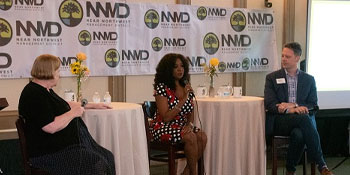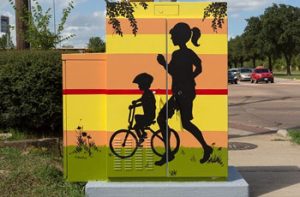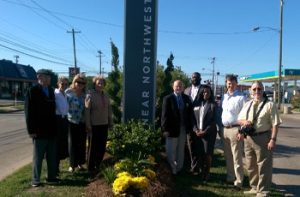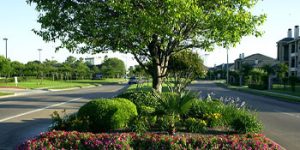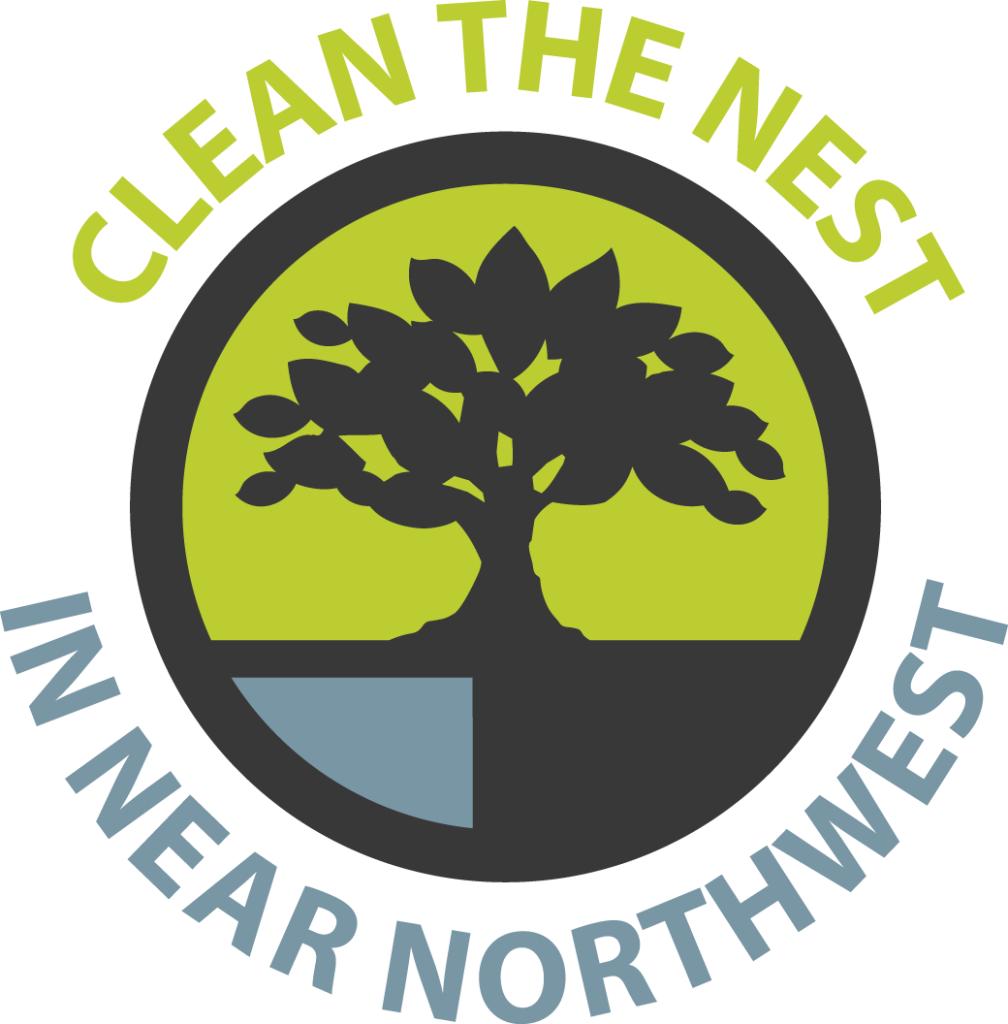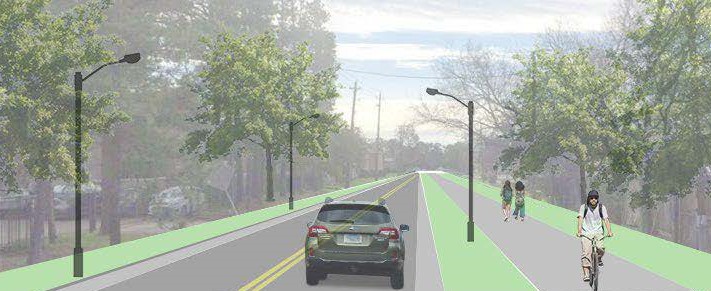
Through an assessment and community concerns feedback, the Near Northwest Management District identified Alabonson Road as a corridor in poor condition with high documented crash rates, nonexistent or poor condition sidewalks and no lighting. The District is proposing a rebuild of Alabonson Road to include roadway reconstruction, drainage improvements including curbs and gutters, a 10’ sidewalk/shared use path on one side with ADA ramps and buffer areas along the traffic lane, crosswalk pavement markings and the addition of a right turn lane at the intersection with N Houston Rosslyn Rd.
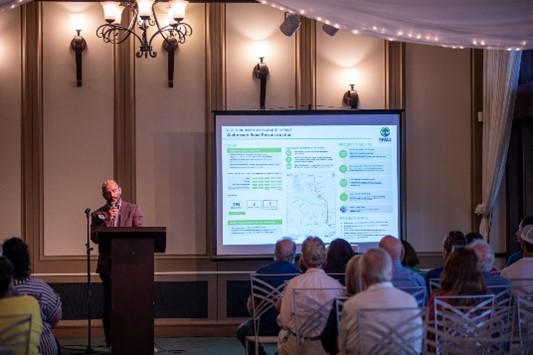
As part of the District’s Design Concept Report (DCR) for the project, a public engagement workshop was held to inform the community about the project, gather resident and property owner input, address any concerns, and ensure that local stakeholders and residents had a voice in the decision-making process.
The meeting began with a 10-minute presentation by Jim Webb with The Goodman Corporation. The community exhibited strong support for the proposed reconstruction, expressing excitement about the proposed shared-use path that will provide access to Alabonson Park and the White Oak Bayou hike and bike trail. Residents acknowledged the need for improvements to safety and infrastructure.
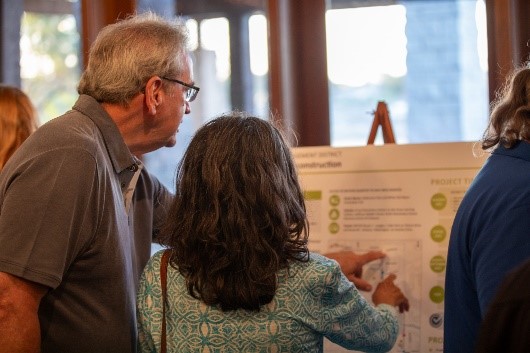
A couple of comments regarded traffic conditions at the intersection of Alabonson Road and W Little York Road/Victory Drive. Major safety concerns were voiced about speeding. One resident suggested implementing traffic calming measures, while another feared having multiple stop signs with crosswalks on the corridor would disrupt traffic flow.
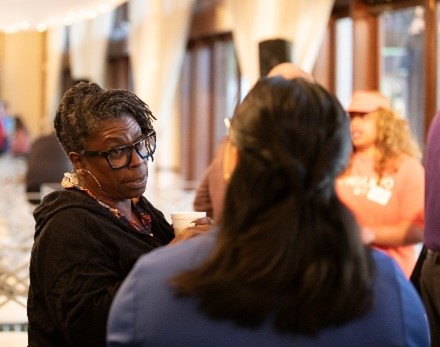
There was significant interest in ensuring safe pedestrian access throughout the project, emphasizing the importance of seamless and ADA-compliant pathways to Alabonson Park and the White Oak Bayou hike and bike trail. There was strong support for the recommended shared-use path option, and support for the recommended crosswalks and safe crossings which will improve safe access to retail and commercial areas. Participants also favored the pedestrian refuges and crossings at the intersection of W Little York Road/Victory Drive to enhance safety for school children. There was some discussion regarding adding a sidewalk on the other side of the street, across from the proposed shared-use path. Participants repeatedly highlighted the need for a direct connection to the White Oak Bayou hike and bike trail.
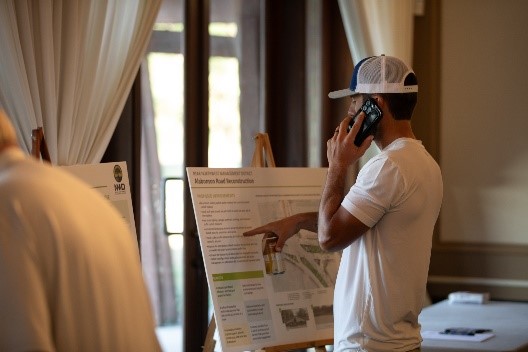
Several concerns were raised about the existing roadway geometry that combined with speeding poses serious safety concern. Of special concern were the sharp curves north of Bayou Forest Drive and near the ditch south of Greenway Forest Lane. Trucks and trailers face challenges in maneuvering, which has led to crashes and conflicts with oncoming traffic. A resident of the corridor also highlighted issues at the intersection of Alabonson Road and Inwood Shadow Street, emphasizing using traffic calming measures to help all users navigate the corridor safely.
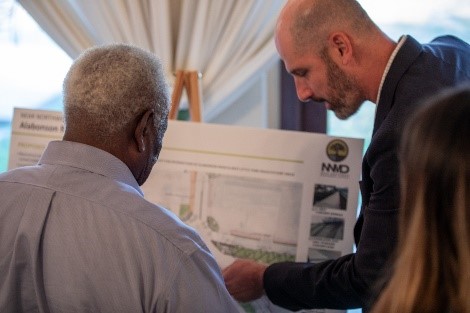
Participants were enthusiastic about the proposed reconstructed concrete road surface and were pleased to learn about the removal of ditches on the shared use path side, as well as curbs and gutters for drainage improvements. Improved lighting and safety were supported, and shaded pedestrian and bike infrastructure was requested.
General concerns about speeding were raised, along with a suggestion to install flashing stop signs and other advance warning signs to slow traffic. A resident requested keeping the existing fence on the east side of the road adjacent to the detention area. Several residents expressed their frustration with litter and trash within the existing ditches, and desired to see them removed in the future to prevent future nuisance conditions.
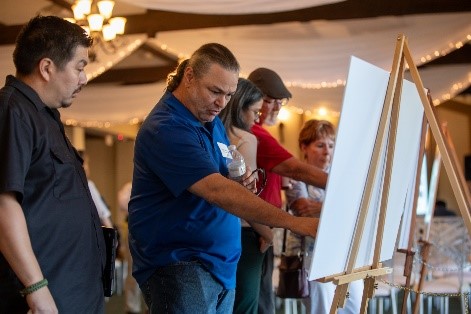
The District promoted the event by posting public notices and news updates on its website, posted on its Facebook page and in Eventbrite, distributed invitations to property owners along the corridor and sent emails to local homeowners’ associations (HOAs). The presentation was also streamed live on Facebook.
Next Steps
The feedback gathered during the engagement process will be reviewed and incorporated into the final project design. The Project represents a vital investment to meet the needs of the community members who participated and contributed their insights.


